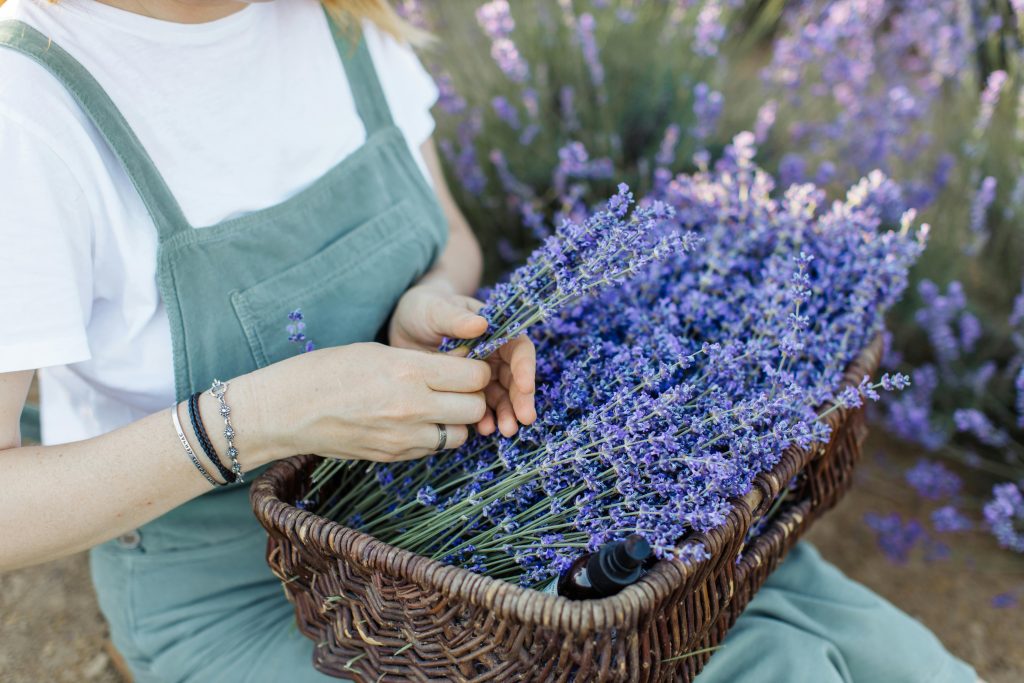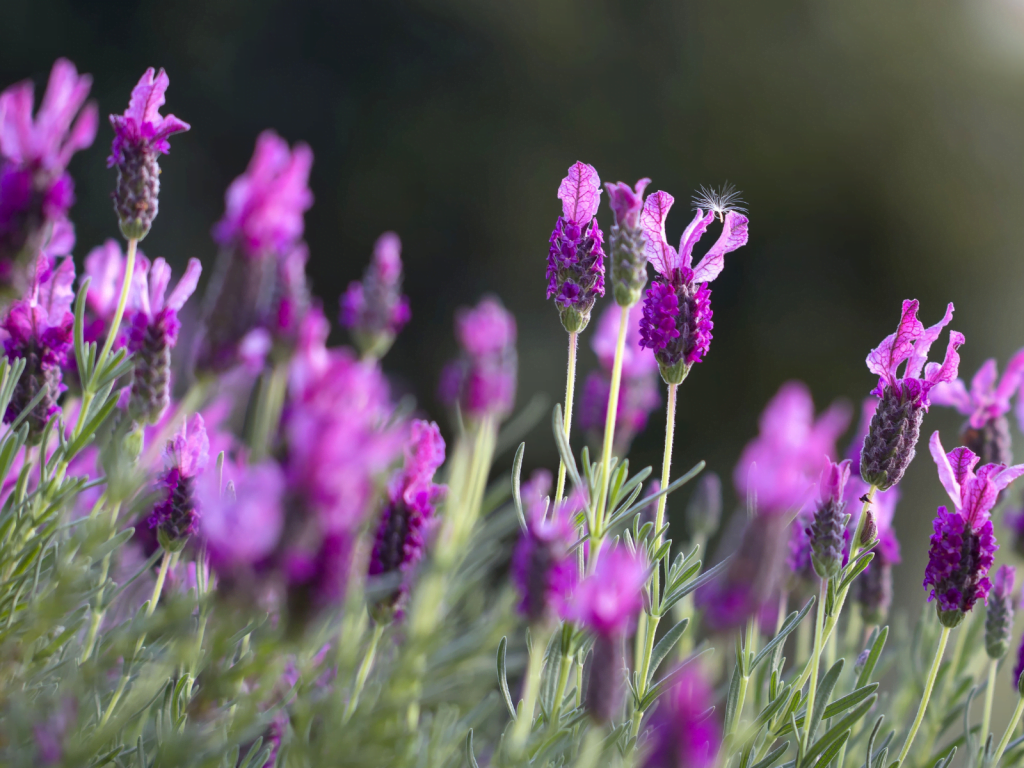Lavender in the garden
Lavender, with its delicate fragrance and stunning purple blooms, has long been cherished for its beauty and versatility in gardens worldwide. In Australia, where the climate varies from temperate to subtropical, autumn emerges as an ideal time to plant lavender, allowing it to establish strong roots before the heat of summer. This article delves into the benefits of incorporating lavender into Australian gardens, including its uses, care requirements, pruning techniques, and common varieties suited to the diverse Australian landscape.
Benefits of Lavender in the Australian Garden:
Lavender’s appeal extends far beyond its aesthetic beauty. This versatile herb offers numerous benefits to the Australian garden, making it a beloved choice among gardeners:
Fragrance
The sweet, calming scent of lavender adds a sensory delight to any garden and can create a nice relaxing outdoor area. Lavender in the front yard can also create a nice welcome for your visitors as they approach the front door.
Pest Repellant
Lavender’s strong scent acts as a natural deterrent for pests such as mosquitoes, flies, and moths. Placing lavender plants near outdoor seating areas or entryways can help minimise insect disturbances during warm Australian evenings.
Drought Tolerance
Many varieties of lavender are well-adapted to Australia’s dry climate, making them a resilient choice for water-wise gardening. Once established, lavender plants require minimal watering, making them an excellent option for sustainable landscaping practices. Consider adding lavender the next time you landscape your garden.
How to Plant Lavender in Australia During Autumn
Planting lavender in Australia during autumn sets the stage for successful growth and blooming in the following seasons. Follow these steps to ensure your lavender thrives:
Lavender thrives in full sunlight and well-drained soil. Select a location in your garden that receives at least six to eight hours of sunlight per day and has good drainage to prevent waterlogging, especially during heavy rainfall. Lavender also prefers slightly alkaline soil. Remember to incorporate organic matter such as compost or well-rotted manure into the soil to improve drainage and fertility.
Dig a hole slightly larger than the lavender plant’s root ball and place it in the hole, ensuring the top of the root ball is level with the surrounding soil. Backfill the hole with soil and gently firm it around the base of the plant. Water newly planted lavender thoroughly to settle the soil around the roots. Afterward, water sparingly, allowing the soil to dry out between waterings to prevent root rot. You may also want to apply a layer of mulch around the base of the lavender plant to conserve moisture, suppress weeds, and regulate soil temperature. Organic mulches such as straw or bark chips are ideal for lavender.

Maintenance
During the first few weeks after planting, monitor the lavender for signs of stress, such as wilting or yellowing leaves. Continue to water as needed until the plant becomes established. Once established, lavender requires minimal care to thrive in the Australian garden. Follow these guidelines to ensure your lavender plants remain healthy and vibrant:
Pruning
Pruning is essential for maintaining the shape and vigor of lavender plants. In late summer or early autumn, after the flowers have faded, prune the plants by removing spent flower stems and shaping the foliage. Avoid cutting into woody stems, as this can inhibit new growth.
Fertilising
Lavender is a relatively low-maintenance plant that does not require frequent fertilisation. Apply a balanced, slow-release fertiliser in spring to provide essential nutrients for healthy growth. Avoid over-fertilising, as this can lead to excessive foliage growth at the expense of flowers.
Watering
While lavender is drought-tolerant once established, it benefits from occasional deep watering during prolonged dry spells, especially in hot, inland regions of Australia. Water the plants at the base to avoid wetting the foliage, which can increase the risk of fungal diseases.
Pest and Disease Control
Lavender is relatively pest and disease-resistant, but it may occasionally be affected by issues such as aphids, spider mites, or fungal diseases. Monitor your plants regularly and address any pest or disease problems promptly.
Common Lavender Varieties in Australia
Australia’s diverse climate offers opportunities to grow a wide range of lavender varieties, each with its unique characteristics and growing requirements. Some common lavender varieties suited to the Australian landscape include:
English Lavender
Known for its classic fragrance and compact growth habit, English lavender is well-suited to cooler regions of Australia with mild winters.
French Lavender
With its distinctive toothed leaves and long flowering season, French lavender thrives in warmer regions of Australia with hot summers and mild winters.
Spanish Lavender
Characterised by its showy, pineapple-shaped flower heads and aromatic foliage, Spanish lavender is a drought-tolerant variety that performs well in dry, Mediterranean climates.
Lavandin
A hybrid of English and Portuguese lavender, lavandin combines the best traits of both parents, including larger flower spikes and increased tolerance to heat and humidity. It is well-suited to a wide range of Australian climates.

Incorporating lavender into your Australian garden during autumn can enhance its beauty, fragrance, and functionality while requiring minimal maintenance. By selecting the right location, providing proper care, and choosing suitable varieties, you can enjoy the benefits of lavender year-round in your outdoor space. Whether used as a fragrant border, lavender adds a touch of elegance and charm to any Australian landscape.
If you need help with planning out the plants for your garden and landscaping, get in touch with us to discuss how we can help you!






